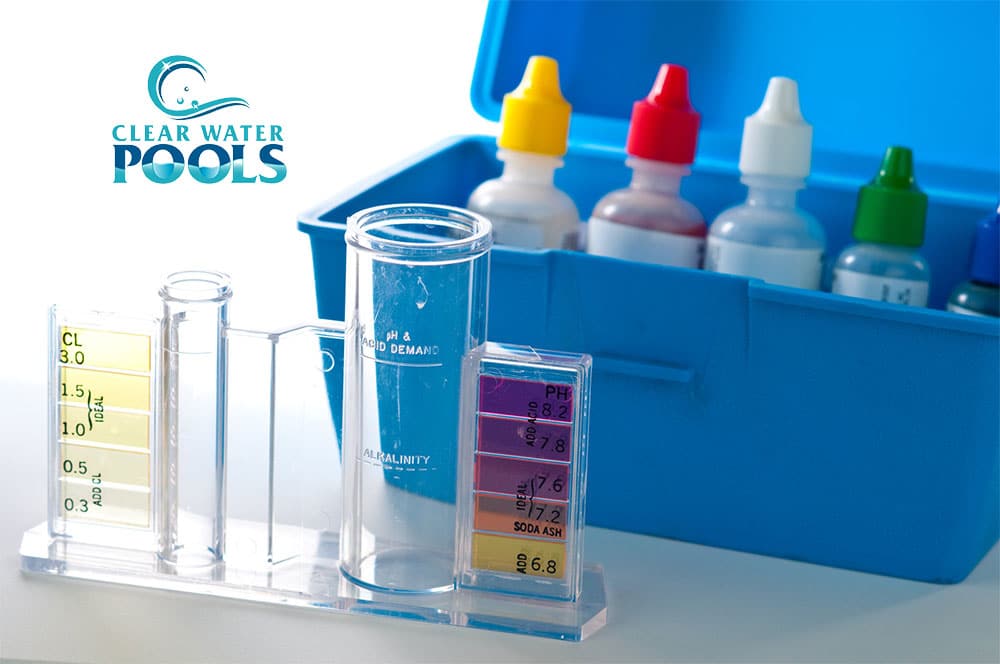Pool Shock Treatment: When & How Should I Shock My Pool?

Pool Shock: When & How Should I Shock My Pool?
Pool chemistry is essential when it comes to maintaining a perfect pool environment. Among the vital things you can do with your pool is to shock it.
Shocking your pool is an essential part of conserving a healthy swimming pool. The phrase ‘shocking’ means treating your pool with non-chlorine or chlorine chemicals to increase the level of ‘free chlorine’ to the point of destroying contaminants like algae, chloramines (also called combined chlorine), and bacteria.
When to Shock Your Pool
Most individuals decide to pool shock only when they start seeing cloudy water or algae growth; however, cleaning the pool at this time can take a lot of work. This type of contamination often needs much more vacuuming, scrubbing, and even draining in some instances.
However, if you are among the majority who occasionally postpones, ensure you shock your pool at times described below regardless of your feelings:
1. When the Free Chlorine Content Falls Below three ppm
Below are the differences between combined chlorine, free chlorine, and total chlorine.
- Combined Chlorine: This refers to the chlorine that – although technically still in the pool – is used up and cannot clean the pool. High contents of combined chlorine mean that there is little free chlorine available to perform its job
- Free Chlorine: This is the chlorine that actively cleans your pool. Use cyanuric acid to balance it
- Total chlorine: It is the combination of combined chlorine and free chlorine
In general, the aim is to increase the free chlorine to approximately ten times the combined chlorine content (commonly known as “breakpoint chlorination”).
The majority of the pool check strips cannot measure total chlorine and combined chlorine, so you must use a test kit to perform this task. When the free chlorine content falls below three ppm, it is time to pool shock.
2. Before Using Your Pool for the First Time for the Season
Your pool requires a pre-chlorine boost before everyone begins to jump in with all its germs. It is especially vital if your pool had concealment all winter. Who knows what lurks in the pool?
3. Before Covering it for Winter
In case you are planning to close your pool, algae spores and other things may be waiting in your clear pool water to make a habitation. Get ahead through the use of pool shock treatment!
4. After Harsh Weather Conditions
Strong winds or rain can convey algae spores and debris that can quickly become difficult to control in case you fail to take the lead right away. Also, it can cause a substantial change in the water level.
5. After Intensive Use of the Pool
Have your children recently held a pool event? People and pool toys can transport all kinds of dirty debris to the water. Get rid of sweat, makeup and other things through pool shock treatment, before clouding the water.
6. When You See Algae for the First Time
Algae spores can thrive and spread quickly. Please do not wait until it is too late to pool shock!
How to Pool Shock
Pool shocking aims to increase the free chlorine content of the pool water. Here is a step by step guide on how to pool shock your pool and stabilize the free chlorine levels:
Step 1: Guard Yourself
Pool shock might damage your skin and whiten your clothes, hence, wear clothes, glasses, and gloves you do not mind ruining.
Step 2: Get the Chemicals Ready
After choosing your pool shock treatment chlorine, read the producer’s instructions and get ready accordingly. For instance, a granular shock should generally dissolve in a five-gallon container of water before pouring it into the swimming pool.
Other shocks, like lithium hypochlorite, may be poured directly. You should also determine the correct quantity of chemicals to use for the size of your specific pool and prepare accordingly.
Step 3: Pool Shock
Put the shock solution and the water in the pool based on the manufacturer’s guidelines. Some will suggest that you spread it evenly over the edges and others will advise you to put it near the jets to enhance circulation.
Step 4: Leave the Pool for Sometime
Leave the pool shock treatment in the water to do its job. The manufacturer’s guidelines are also significant here to ensure that no one enters the pool too soon after shocking. It is generally advisable to leave it the whole night.
Step 5: Check the Chemistry of Your Pool
After waiting for the recommended duration, you should still check your swimming pool’s chlorine contents (total alkalinity, pH, and especially calcium hardness) before allowing people to swim. Ensure the levels return to normal before allowing someone to enter.
Keep in mind that low pH contents are significant here: in case the pH is above 8.0, then, your pool shock is of no use. Shoot with a pH of about 7.2 in case you need to drop it.
Step 6: Run the Purification System
While pool shock will assist in killing algae and germs, it will not discard them; you need your filter for that. So ensure you run your swimming pool filter for a minimum of 24 hours.
Conclusion
No one loves a cloudy pool. Shocking your pool one time a week saves you hours of long cleaning times. Killing bacteria and algae spores before they increase is the best way to stay up ahead of tedious pool maintenance jobs forever. Please do not ignore it. Pool shock on Monday and enjoy swimming the whole week!
Call us at




